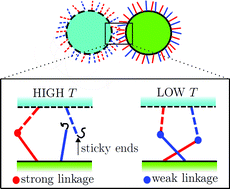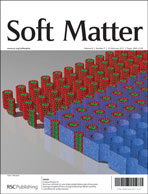We propose a new strategy to improve the self-assembly properties of DNA-functionalised colloids. The problem that we address is that DNA-functionalised colloids typically crystallize in a narrow temperature window, if at all. The underlying reason is the extreme sensitivity of DNA-mediated interactions to temperature or other physical control parameters. We propose to widen the window for colloidal crystallization by exploiting the competition between DNA linkages with different nucleotide sequences, which results in a temperature-dependent switching of the dominant bond type. Following such a strategy, we can decrease the temperature dependence of DNA-mediated self assembly to make systems that can crystallize in a wider temperature window than is possible with existing systems of DNA functionalised colloids. We report Monte Carlo simulations that show that the proposed strategy can indeed work in practice for real systems and specific, designable DNA sequences. Depending on the length ratio of the different DNA constructs, we find that the bond switching is either energetically driven (equal length or ‘symmetric’ DNA) or controlled by a combinatorial entropy gain (‘asymmetric’ DNA), which results from the large number of possible binding partners for each DNA strand. We provide specific suggestions for the DNA sequences with which these effects can be achieved experimentally.

You have access to this article
 Please wait while we load your content...
Something went wrong. Try again?
Please wait while we load your content...
Something went wrong. Try again?


 Please wait while we load your content...
Please wait while we load your content...